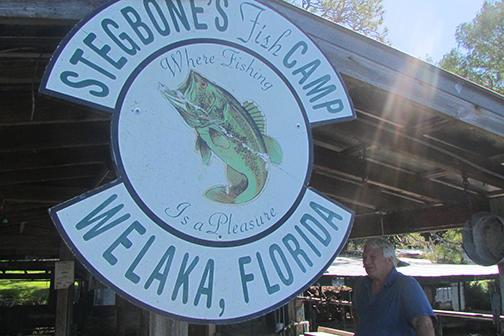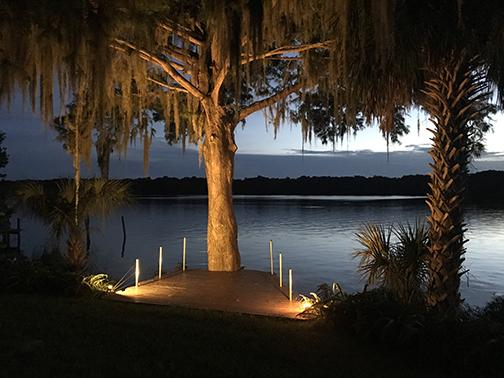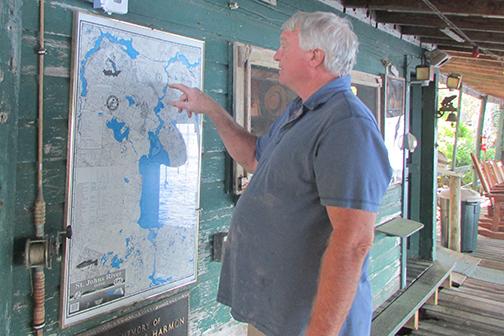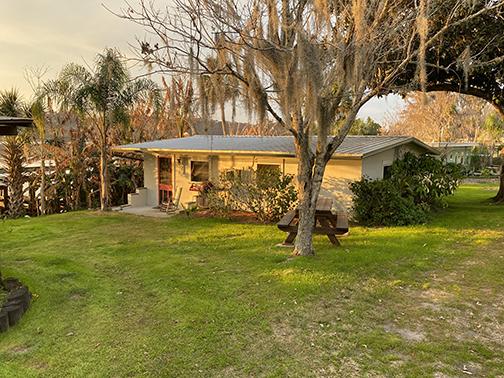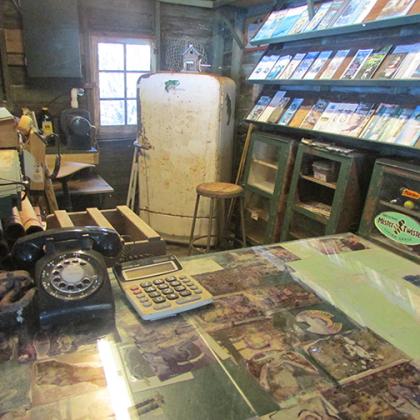Discovering a piece of Old Florida
Since moving to the Sunshine State two years ago, I’ve seen and heard a lot about Old Florida.
Sure, I’ve seen a lot of the Old Florida many Putnam County residents boast about. Ravine Gardens. Lake Stella and Lake George. The other parks and national forests. The view of downtown Palatka crossing the St. Johns River from East Palatka. The signs telling of the trails William Bartram trod.
But I wanted to get a closer look at Old Florida for this edition of Splash magazine, which is focused on getting outdoors and enjoying Putnam.
I found exactly what I was looking for with a visit to Stegbone’s Fish Camp, nestled between Satsuma and Welaka off County Road 309.
Certainly there are other fish camps I want to explore in Putnam. But I’d seen Stegbone’s recognized as one of the 10 best Florida fish camps. I contacted owner Jim Stege, who invited me to visit the camp. I was not disappointed.
Driving into the camp, you see the cabins surrounded by inviting Florida flora. And then you see the river. The camp itself sits on three-plus acres with 200 feet of river frontage.
Stege talks about the history of the area near the camp when it was a citrus town – Nashua – in the 1800s after the Civil War.
“It’s fascinating to think about life then,” Stege said. “I love the history. I love the preservation. I love seeing a piece of Florida still doing what it was doing 70, 80 years ago. And people enjoying that – coming together with a true, honest appreciation of each other and the experience.”
And then there are the stories.
Like the one about one of the previous owners of the camp who wanted his ashes spread on the grounds when he died. Stege accommodated the family on his wishes.
There’s the story about the longleaf pine Christmas tree the owner put in the ground on the riverbank in 1946, when the camp started. That tree still stands today, casting shade over the dock to cool off visitors basking in the Florida sun.
The cabins themselves don’t offer many frills – beds, a kitchen, bathroom, a porch with chairs. And peace. The cabins sleep between two to eight people and cost roughly $35 per bed, per night.
But the pictures on this page and others tell the story better than words. There’s the building on the dock that was once an old country store. Today, it offers brochures and other information.
But the old fridge is still in there where someone used to could buy a Coke for a few cents. The old black rotary phone is still there, too. A sign above the building says, “Ring Bell for Service.” The rusty old bell hangs from the door frame a few feet away.
The old wooden pier features boat slips for small fishing boats that remind me of the ones I grew up with, going out with my uncle before sunrise searching for a school of catfish running on the Tennessee River. There’s an old Johnson outboard motor mounted to the side of the pier – a Sea Horse 5 ½
The dock is lined with rocking chairs, some bearing the names of one-time visitors who have since passed as a memorial. One has the metal plate, “In memory of ‘Punk’ Duckworth.” What stories Punk could have likely told about the camp and the river.
There’s a table with a checkerboard, an old Mason jar filled with checkers next to it. My mind flashes back to playing checkers with my dad and I can almost imagine him sitting there inviting me to sit for a game. Never could beat him, though.
The dock also features a stove and sink, where for years campers have cooked their catch of the day and watched the sun go down over the river, talking about their day.
Stege, an architect by trade, discovered what he was looking for when he purchased the old fish camp in 1998. It was worn down. Work was required to bring it back to life. Money, too. Slowly, though, Stege has invested the time and funds to bring Stegbone’s to the vision he had for it. His best design.
“I had worked 60 and 70 hours a week for 35 years,” Stege said. “I had worked with firms on big contracts, $100 million contracts. That kind of tension can put a lot of pressure on you.
“But now, I wake up in my bedroom and look out a big window as the fog lifts off the river. It’s a wonderful way to get the day started.”
Stege wanted to get out of the bigger cities of North Florida, away from the traffic. He followed a 1927 map of Florida that led him through the backroads of the Northeast portion of the state. And it led him to the old fish camp.
“The old roads made me go to places like this,” Stege said. “My former wife and I were looking for waterfront property. I wanted an old Florida complex that I could remold into its old self and this sort of filled the bill. I saw these old cabins and stuff. I knew it the instant I saw it. We’ve fixed it up some, but we didn’t change the essence of it.”
As we sit on a riverfront deck, a group of visitors stop to tell Stege goodbye and how much they’ve enjoyed their time at the camp.
He has had offers from people wanting to buy Stegbone’s, but he has turned them all away.
“I don’t do this for the business,” Stege said. “We haven’t made tons of money. But it’s a pretty good lifestyle. When the sun is just going down here, it’s just gorgeous”
No doubt, the nearby beaches of St. Augustine and Flagler have their appeal. Goodness knows some time with your toes in the sand is good for the soul.
So, too, is time at places like Stegbone’s and other fish camps like it. Life, much like the river, moves at a slower pace here. No beach traffic or parking issues. Old Florida.
I’ve already called my son and another fishing buddy from Alabama, telling them we have to book a weekend at the camp soon. I look forward to them discovering Old Florida, much like I discovered at the camp where fish stories have been told for nearly eight decades.
The stories have been told over a campfire with tales about the ones that got away. And those that didn’t.
Wayne Smith is editor of the Palatka Daily News.
His email is wsmith@palatkadailynews.com.

